Our planet is a tapestry of life, woven together by the intricate threads of countless species that have evolved over billions of years. From the majestic mammals that roam the savannas to the vibrant birds that grace the skies, each species plays a vital role in maintaining the delicate balance of our ecosystems. However, human activities and the relentless march of progress have cast a dark shadow over this intricate web of life, threatening the very existence of some of the world’s most remarkable creatures.
In this article, we will explore the top 12 most endangered species on Earth, shedding light on their plight and the urgent need for conservation action. These species serve as sentinels, warning us of the fragility of our planet’s biodiversity and the consequences of our actions. Through their stories, we hope to ignite a sense of wonder, empathy, and urgency, inspiring us all to become stewards of the natural world and champions of a sustainable future.
Javan Rhino: The Last of its Kind
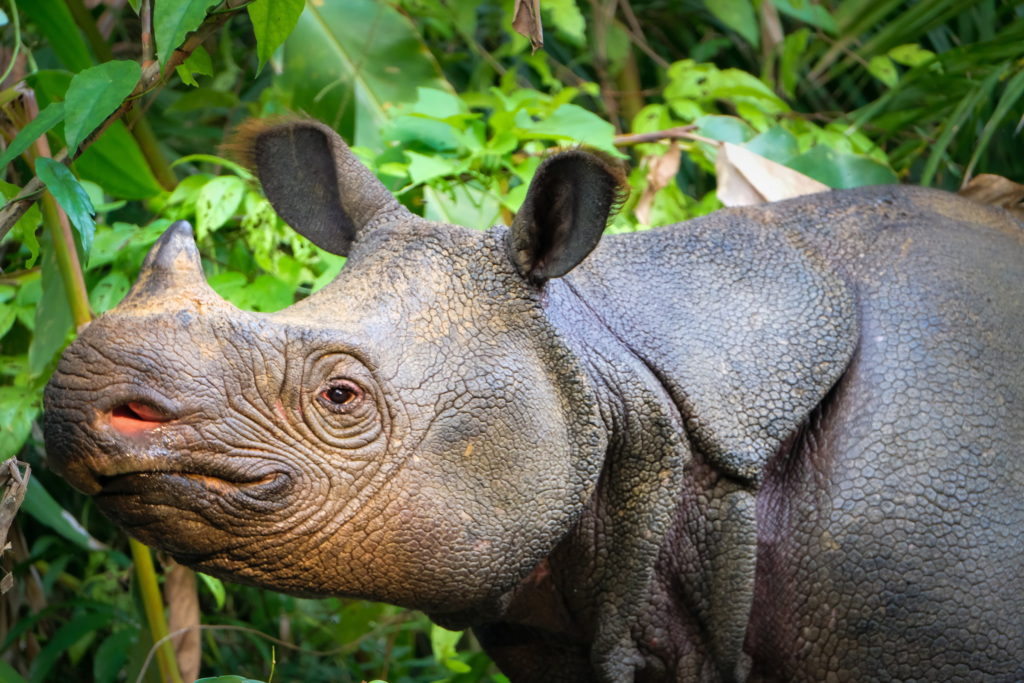
Shrouded in the dense jungles of Indonesia’s Java and Sumatra islands, the Javan rhino stands as one of the rarest mammals on Earth, with fewer than 70 individuals estimated to remain in the wild. This solitary and elusive creature, once revered by ancient civilizations, has been driven to the brink of extinction due to poaching and habitat loss.
The Javan rhino’s plight is a stark reminder of the devastating impact of human activities on wildlife populations. Its survival hangs by a thread, and without immediate and concerted conservation efforts, this majestic species could vanish from our planet forever.
Vaquita: The World’s Rarest Marine Mammal

Residing in the warm waters of the Gulf of California, the vaquita is a tiny porpoise species that has captured the hearts of conservationists worldwide. With fewer than 19 individuals estimated to remain, the vaquita is the world’s rarest marine mammal and teeters on the edge of extinction.
The vaquita’s dire situation is a direct result of bycatch, the accidental entanglement in gillnets used by illegal fishing operations in the region. Despite international efforts to protect this elusive creature, the vaquita continues to face immense pressure from human activities, highlighting the urgent need for stricter enforcement and sustainable fishing practices.
Black Rhino: A Symbol of Conservation’s Struggle
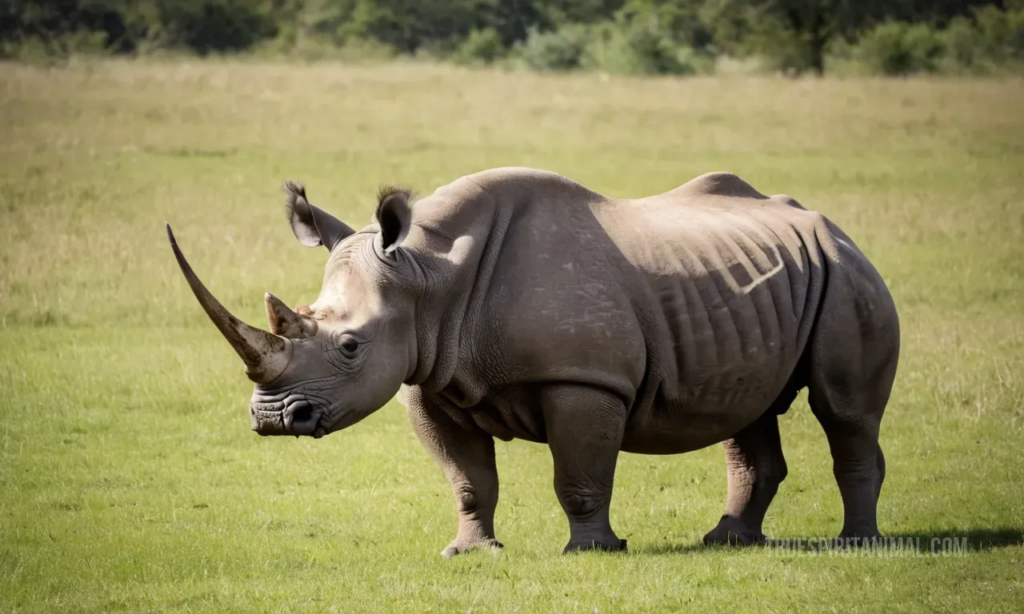
The black rhino, once a majestic and iconic symbol of African wildlife, has faced a precipitous decline in recent decades. Poaching for their prized horns, fueled by the illegal wildlife trade, has decimated their populations, pushing this species to the brink of extinction.
Today, fewer than 5,500 black rhinos remain in the wild, scattered across a handful of African countries. Their plight has galvanized the global conservation community, with efforts focused on strengthening anti-poaching measures, protecting remaining habitats, and raising awareness about the devastating consequences of the illegal wildlife trade.
Amur Leopard: The Ghost of the Russian Far East
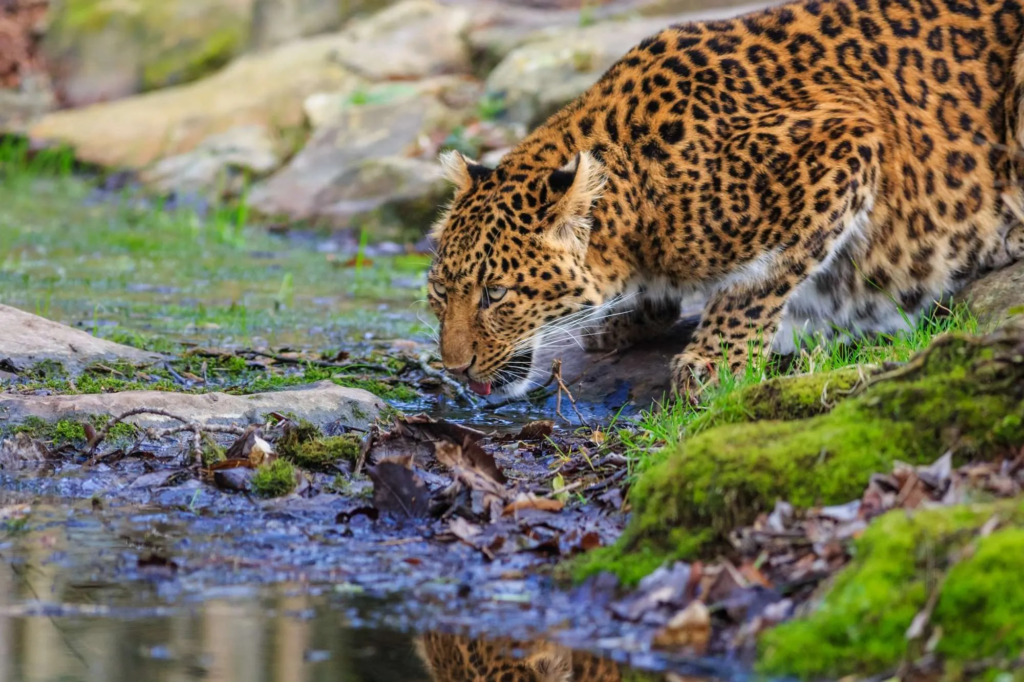
Prowling the temperate forests of the Russian Far East, the Amur leopard is a true symbol of resilience and adaptation. With a population estimated to be fewer than 100 individuals, this elusive big cat is one of the rarest and most endangered species on the planet.
The Amur leopard’s struggle for survival is a testament to the fragility of ecosystems and the impact of human encroachment. Habitat loss, poaching, and conflict with humans have pushed this magnificent predator to the brink, underscoring the need for collaborative efforts between governments, communities, and conservationists to preserve its dwindling habitats and safeguard its future.
Sumatran Elephant: A Giant in Peril
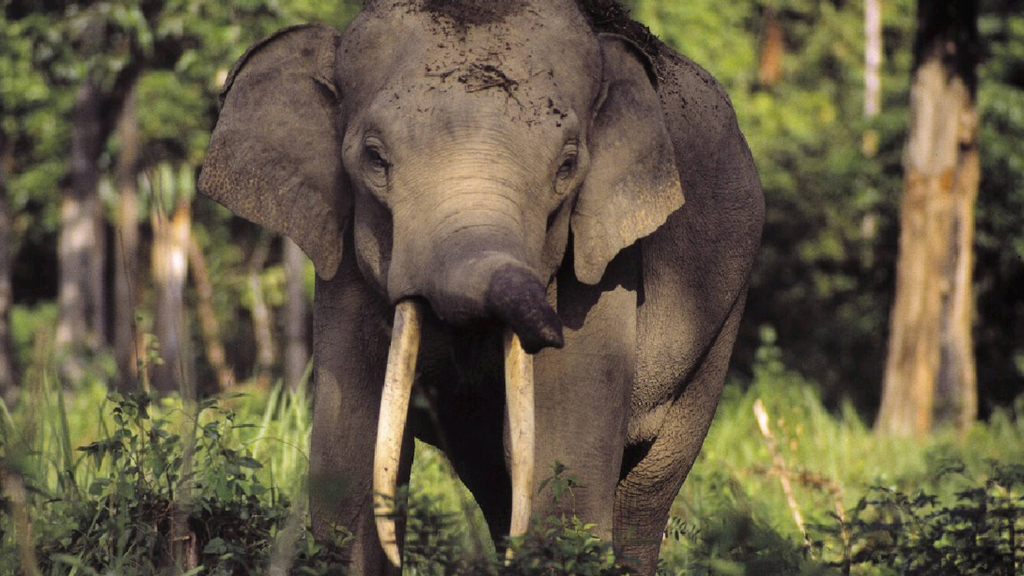
The Sumatran elephant, a majestic and intelligent creature, has been a revered part of the Indonesian culture for centuries. However, rampant deforestation and habitat fragmentation have taken a devastating toll on this iconic species, with fewer than 2,400 individuals estimated to remain in the wild.
These gentle giants face a multitude of threats, including conflicts with humans as their habitats shrink and they venture into populated areas in search of food and resources. Their plight serves as a sobering reminder of the consequences of unchecked development and the urgent need for sustainable land-use practices that balance human needs with the preservation of biodiversity.
Mountain Gorilla: A Beacon of Hope

The mountain gorilla, a majestic species that captured the world’s imagination through the work of primatologists like Dian Fossey, has long been a symbol of conservation efforts in Africa. Once teetering on the brink of extinction, with fewer than 250 individuals remaining in the 1980s, the mountain gorilla’s population has slowly rebounded thanks to tireless conservation efforts.
Today, approximately 1,000 mountain gorillas roam the misty mountains of central Africa, a testament to the power of international cooperation, community engagement, and dedicated conservation strategies. However, their future remains precarious, as they face ongoing threats from habitat loss, disease, and potential conflicts with humans in their dwindling habitats.
Saola: The Mythical Unicorn of Vietnam

Shrouded in mystery and legend, the saola, a rare bovine species native to the dense forests of Vietnam and Laos, has been dubbed the “Asian unicorn” due to its elusiveness and rarity. With fewer than 100 individuals estimated to remain in the wild, the saola is one of the most endangered mammal species on Earth.
The saola’s struggle for survival highlights the immense pressure that human activities, such as illegal hunting and habitat destruction, exert on even the most elusive and remote species. Despite its mythical status, the saola’s future hangs in the balance, underscoring the urgent need for concerted conservation efforts and the protection of its remaining habitats.
California Condor: A Soaring Comeback
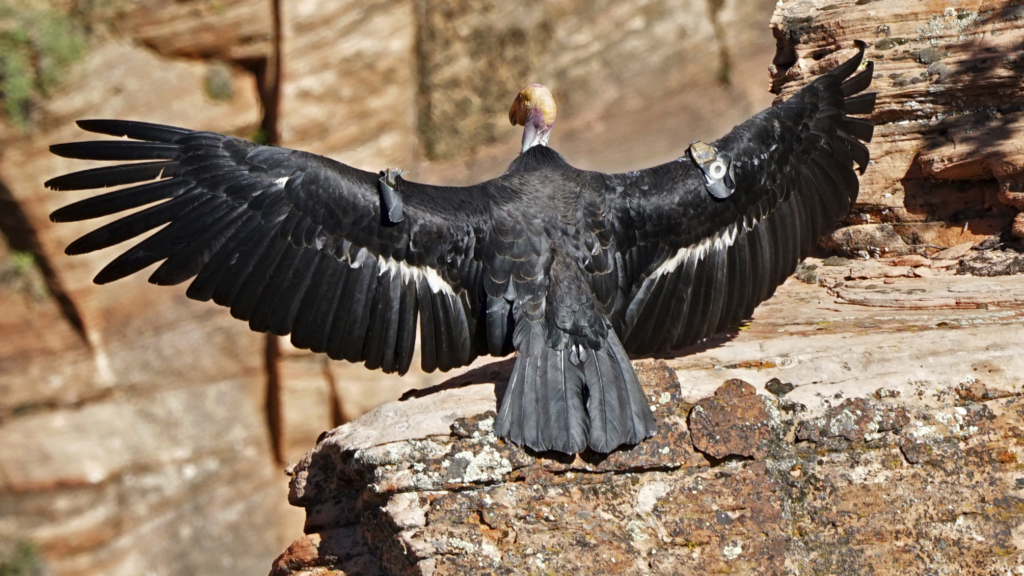
The California condor, one of the largest and most majestic birds in North America, has been a symbol of conservation success and resilience. In the 1980s, with only a handful of individuals remaining, this iconic species was on the brink of extinction due to habitat loss, poaching, and lead poisoning.
Through an unprecedented captive breeding program and intensive conservation efforts, the California condor has made a remarkable comeback, with over 500 individuals now soaring through the skies of the western United States and Mexico. However, their recovery remains fragile, and ongoing efforts are needed to address threats such as lead poisoning and habitat degradation to ensure the long-term survival of this magnificent bird.
Spoon-billed Sandpiper: A Shorebird on the Edge

The spoon-billed sandpiper, a diminutive shorebird with a distinctive spoon-shaped bill, is one of the most critically endangered bird species in the world. With a global population estimated to be fewer than 500 individuals, this remarkable species faces an uphill battle for survival.
The spoon-billed sandpiper’s plight is a stark reminder of the far-reaching impacts of human activities on migratory species. Habitat loss along its breeding and wintering grounds, as well as hunting and disturbance, have taken a devastating toll on this resilient little bird, underscoring the need for international cooperation and the protection of critical habitats along its migratory flyways.
Western Lowland Gorilla: A Gentle Giant Under Siege

The western lowland gorilla, a majestic and intelligent primate species, has been a beloved and iconic resident of the African rainforests. However, the insatiable demand for bushmeat, habitat loss, and the devastating impact of diseases like Ebola have pushed this gentle giant to the brink of extinction.
With fewer than 360,000 individuals estimated to remain in the wild, the western lowland gorilla’s population has plummeted in recent decades, serving as a sobering reminder of the fragility of even the most iconic and charismatic species. Their survival hinges on concerted efforts to combat illegal hunting, protect their dwindling habitats, and address the underlying drivers of biodiversity loss in the region.
Kakapo: The Night Parrot of New Zealand

The kakapo, a flightless and nocturnal parrot native to New Zealand, is one of the world’s rarest and most unique bird species. With fewer than 200 individuals remaining, this remarkable creature has been pushed to the brink of extinction due to habitat loss, introduced predators, and a multitude of other threats.
The kakapo’s plight is a testament to the devastating impact that human activities can have on even the most remote and isolated species. However, through intensive conservation efforts, including captive breeding programs and predator control measures, this iconic bird has been given a second chance at survival, reminding us of the power of human determination and the possibility of reversing the tide of extinction
Conclusion
The top 12 most endangered species in the world serve as a sobering reminder of the fragility of life on our planet and the profound impact that human activities can have on the natural world. From the majestic Javan rhino to the elusive vaquita, each species on this list is a testament to the intricate web of life that sustains our ecosystems and the urgent need for conservation action.
As we bear witness to the plight of these remarkable creatures, we are confronted with a stark reality: our actions today will determine the fate of countless species and the health of our planet for generations to come. Extinctions are not mere statistics; they represent the permanent loss of unique and irreplaceable threads in the tapestry of life, diminishing the diversity and resilience of our ecosystems.
However, amidst the dire warnings and tragic stories, there are also glimmers of hope. The recovery of species like the mountain gorilla and the California condor demonstrates that, with unwavering dedication, international cooperation, and a commitment to sustainable practices, we can reverse the tide of extinction and safeguard the natural wonders that grace our planet.
The path forward is clear: we must embrace a new paradigm of environmental stewardship, one that prioritizes the protection of biodiversity, the sustainable use of natural resources, and the empowerment of local communities as guardians of their ecological heritage. This will require a concerted effort from all sectors of society, from governments and policymakers to businesses, scientific institutions, and individuals alike.
We must invest in research, education, and awareness campaigns to deepen our understanding of these endangered species and the threats they face. We must strengthen international agreements and laws to combat illegal wildlife trade, habitat destruction, and unsustainable practices. We must empower local communities to become active participants in conservation efforts, recognizing their invaluable knowledge and deep-rooted connection to the natural world.
Most importantly, we must cultivate a profound reverence for the intrinsic value of all life on Earth, recognizing that our fate is inextricably linked to the health and resilience of the ecosystems that sustain us. By embracing this ethos, we can ignite a global movement dedicated to preserving the rich tapestry of biodiversity that graces our planet, ensuring that the top 12 most endangered species, and countless others, can thrive for generations to come.
The time to act is now, for every species lost diminishes us all, and every species saved is a victory for the natural world and our shared future on this remarkable planet we call home.

